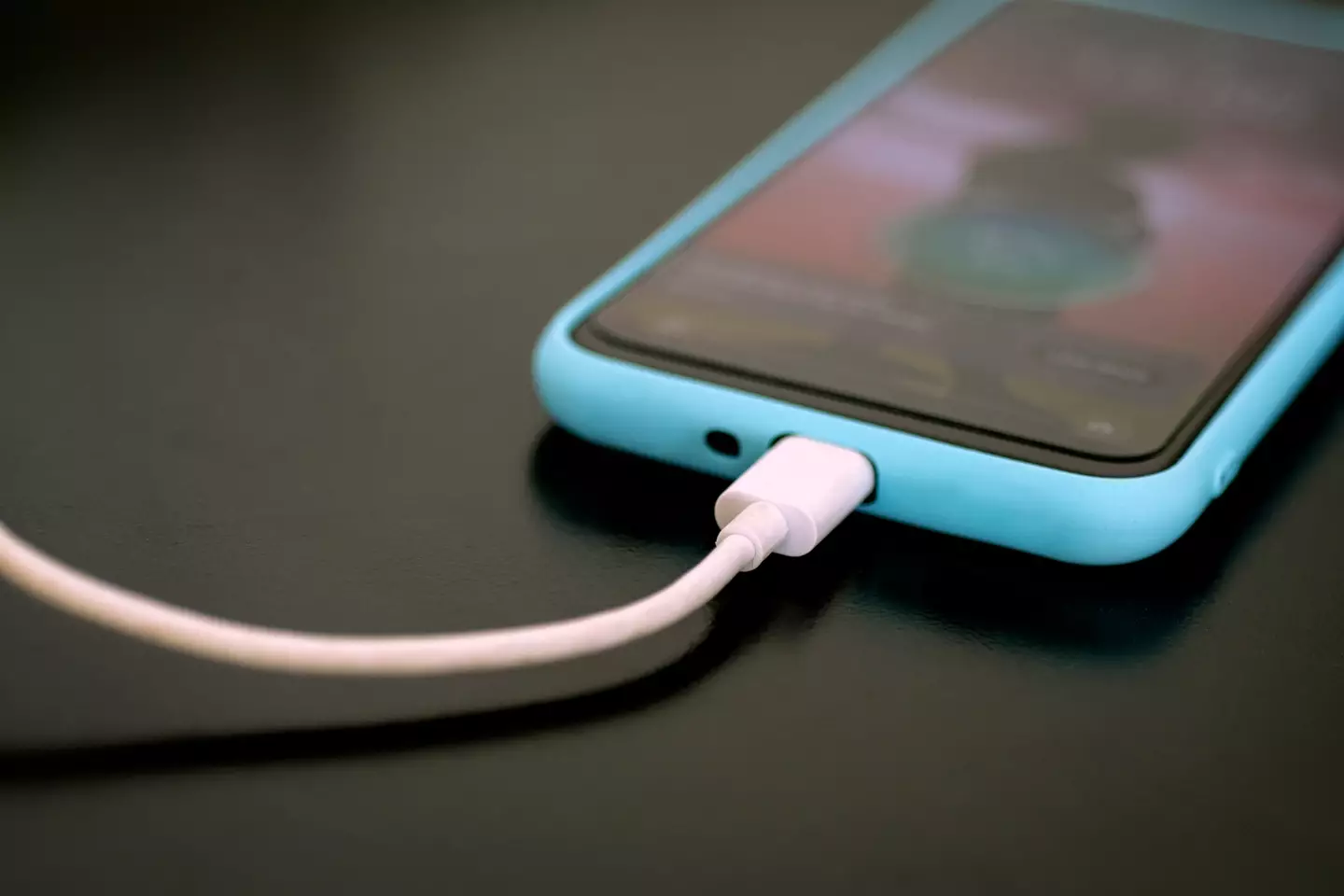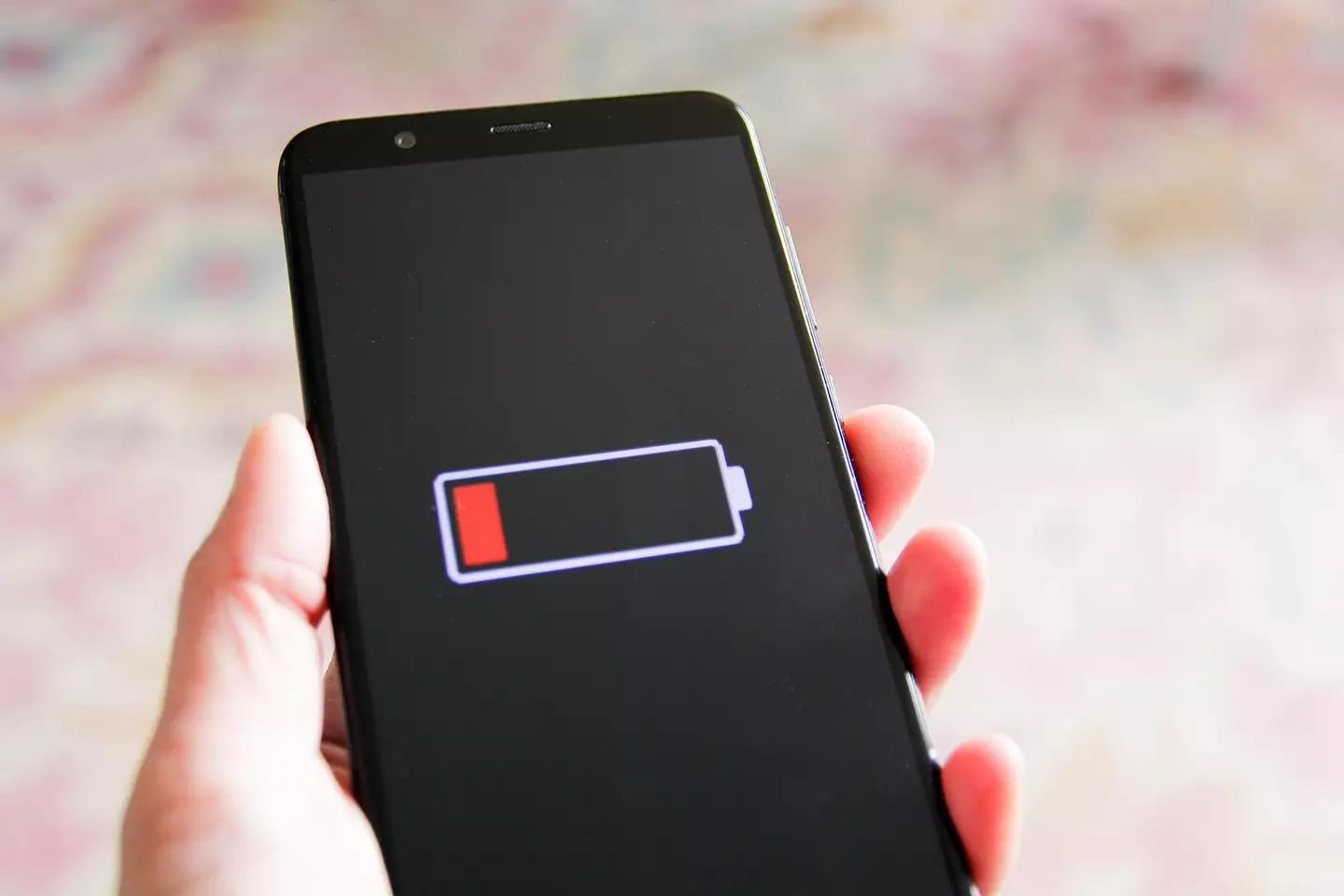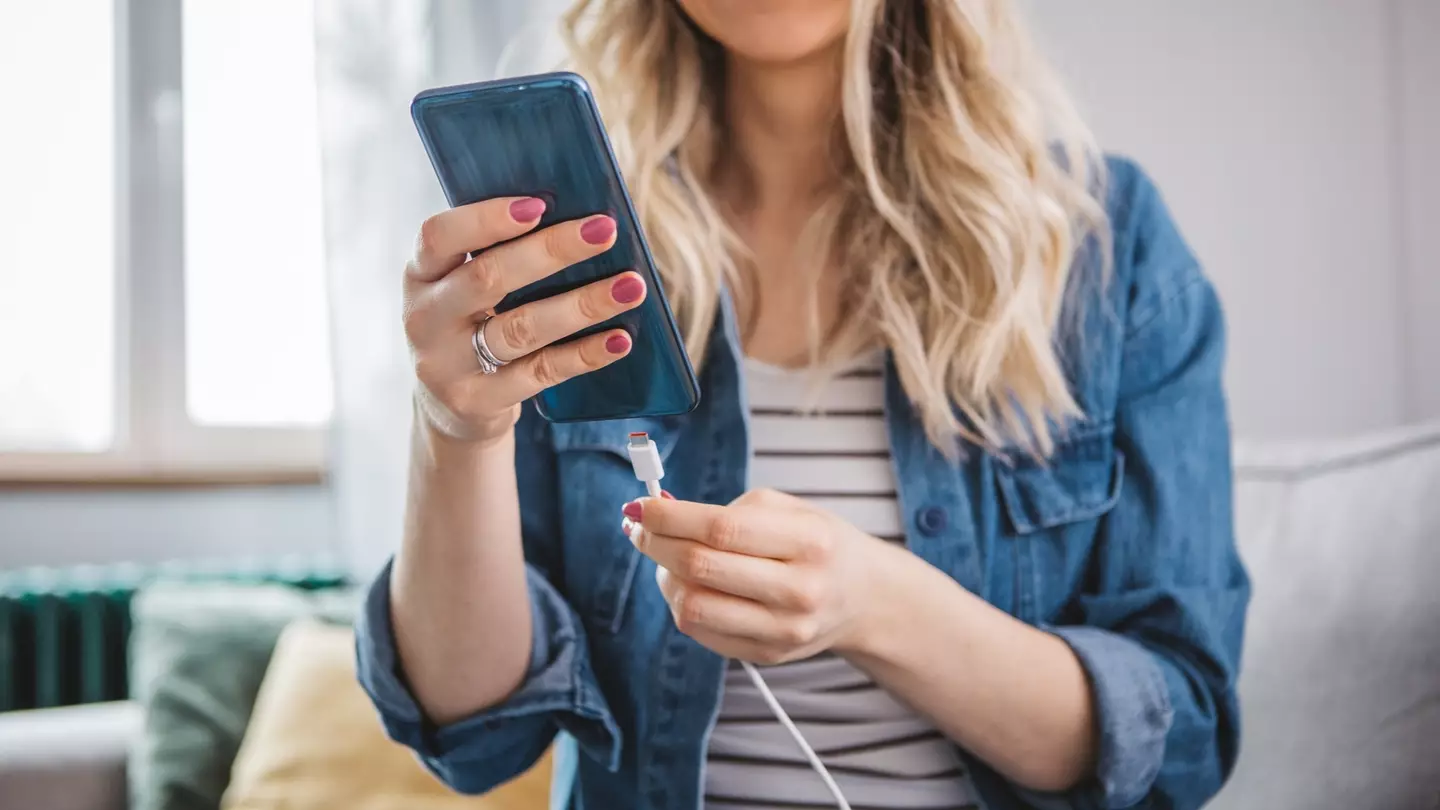Ensuring your phone’s battery remains sufficiently charged is one of the many challenges of modern life.
Whether we admit it or not, most of us rely heavily on our smartphones.
From staying updated with friends on social media to handling work emails and online banking, our lives are significantly intertwined with these devices.
Hence, when we notice our battery draining more quickly than normal, it can be worrying and potentially dangerous.
What if our phone runs out of power while navigating or during an emergency call?
While portable chargers can be handy, the underlying problem often lies with our phone’s battery not retaining charge as effectively as before.
Although heavy app usage or frequent screen time might seem like the culprits, the real issues are often more complex, residing within the intricate chips and systems that manage your phone’s power and charging, according to experts at Mouser, a prominent distributor of electronic components, including those from Analog Devices.

Experts have shed light on why our phones lose power more quickly than expected and the optimal charge level we should strive to maintain.
Mark Patrick, Director of Technical Content at Mouser, explains that every battery has a finite lifespan, typically managing between 500 to 800 full charge cycles. “A charge cycle means using 100% of your battery’s capacity, whether in one go or in numerous smaller uses throughout the day,” he states. “After those 500 to 800 cycles, the battery’s ability to retain charge begins to wane.”

“With daily charging, you could wear out your battery in about 500 days, or just under two years, leading to the perception that your phone is no longer up to task.”
It’s logical—the more we use our phones, the more stress we place on the battery.
Luckily, adopting a few simple habits can significantly improve our battery’s longevity.
Charging your phone to 100 percent or letting it drop to zero can put extra stress on the battery.
Your phone’s internal battery management systems offer protection, but maintaining a charge level between 20 and 80 percent is ideal for prolonging battery health, as Mark advises. So, while maxing out at 100 percent might seem wise, it can actually be detrimental over time.
Activating Battery Saver Mode cuts down on background activity, limits visual effects, and slows down non-essential processes, thereby conserving power when the phone is not in active use. It also restricts data syncing in the background, lowers refresh rates, and dims the screen.
This approach allows the phone to remain in a low-energy mode for extended periods, aiding in battery conservation and extending runtime.

Features that are always active, like ‘raise to wake’ or voice-activated assistants, utilize low-power sensors such as accelerometers and MEMS microphones.
The accelerometer senses slight movements, like when lifting the phone, allowing the screen to activate without a button press. MEMS microphones stay alert for commands like ‘Hey Siri’ or ‘OK Google.’
Even though these sensors are designed to use minimal power, their constant use can accumulate over time. Turning them off when unnecessary, particularly during the night, can help reduce battery drain.
Software updates frequently enhance how phones handle processes locally through edge processors, minimizing the need for constant cloud interaction, which can conserve battery life.
Charging components like battery chargers and USB-C power controllers guard against overheating during rapid charging, but using your phone while charging can increase heat production, potentially damaging the battery. Keeping the phone cool and minimizing usage during charging can promote better battery health.
While Analog Devices’ power integrated circuits ensure safe charging by regulating voltage and preventing overcharging, using substandard chargers can harm your battery or internal circuits, and in severe cases, cause overheating, fires, or even explosions.
Opting for certified accessories with proper safety features is the most secure and dependable method, ensuring the longevity of your battery.

